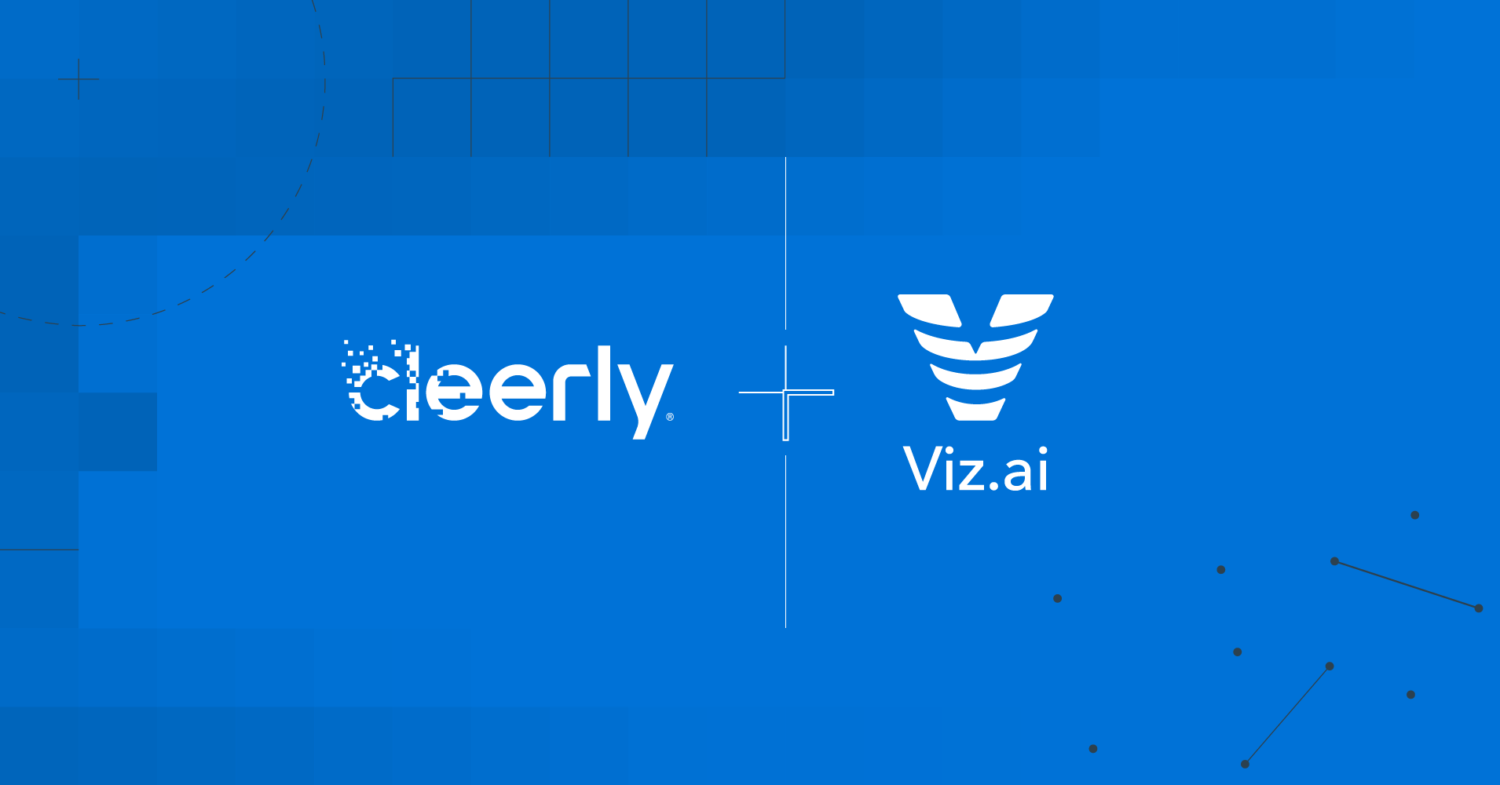
What You Should Know:
– Viz.ai, a leader in AI-powered disease detection, announced a partnership with Cleerly, a company specializing in AI-driven diagnosis of heart disease.
– This collaboration aims to improve and expedite care coordination for heart disease patients, the world’s leading cause of death.
Enhanced Care with AI
The partnership integrates Cleerly’s AI technology into Viz.ai’s One platform. Cleerly’s software analyzes coronary computed tomography angiography (CCTA) images using advanced AI algorithms to detect abnormalities such as ischemia and stenosis, as well as plaque buildup in the arteries. This information, combined with Viz.ai’s existing AI capabilities for ECG, echocardiogram, and chest CT analysis, creates a comprehensive picture of a patient’s heart health.
Key benefits of the partnership include:
- Earlier Detection: AI-powered analysis enables earlier detection of potential coronary artery disease, leading to faster interventions.
- Improved Diagnosis: Cleerly’s software supports precision diagnostics by quantifying and characterizing plaque buildup, allowing for personalized treatment plans.
- Streamlined Care Coordination: The Viz.ai One platform facilitates communication between healthcare teams, ensuring patients receive timely and coordinated care.
- Enhanced Patient Outcomes: Early detection and improved diagnosis can potentially lead to better patient outcomes.
Viz.ai’s One platform is already used by clinicians in over 1,600 hospitals. The integration with Cleerly’s technology has the potential to significantly improve heart disease diagnosis and care for a wider range of patients.
“This partnership exemplifies our continued commitment to collaborating with industry leading companies, ensuring quick access to important patient data, and ultimately improving clinical impact with Viz.ai One,” said Chris Mansi, MD, CEO and co-founder at Viz.ai. “We are proud to partner with Cleerly to enhance our comprehensive AI platform, tailoring it to cardiovascular needs, enabling cardiologists and care teams to deliver optimal care to more patients most efficiently.”

